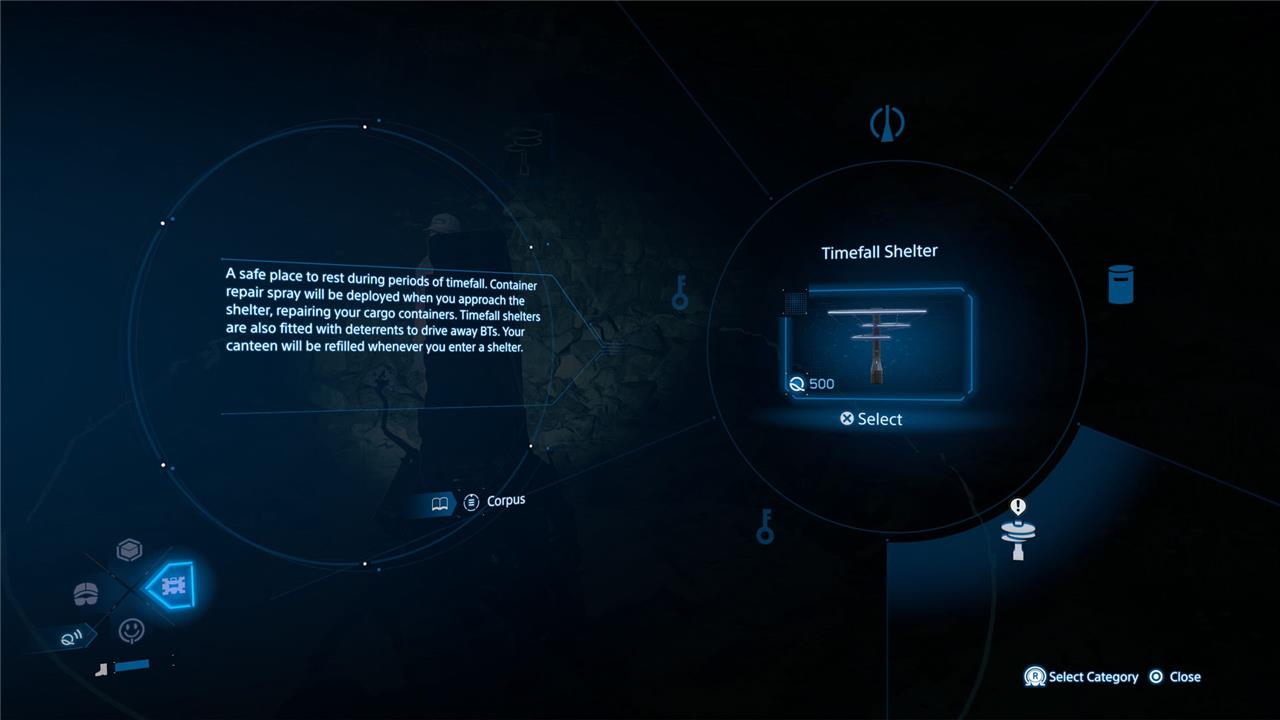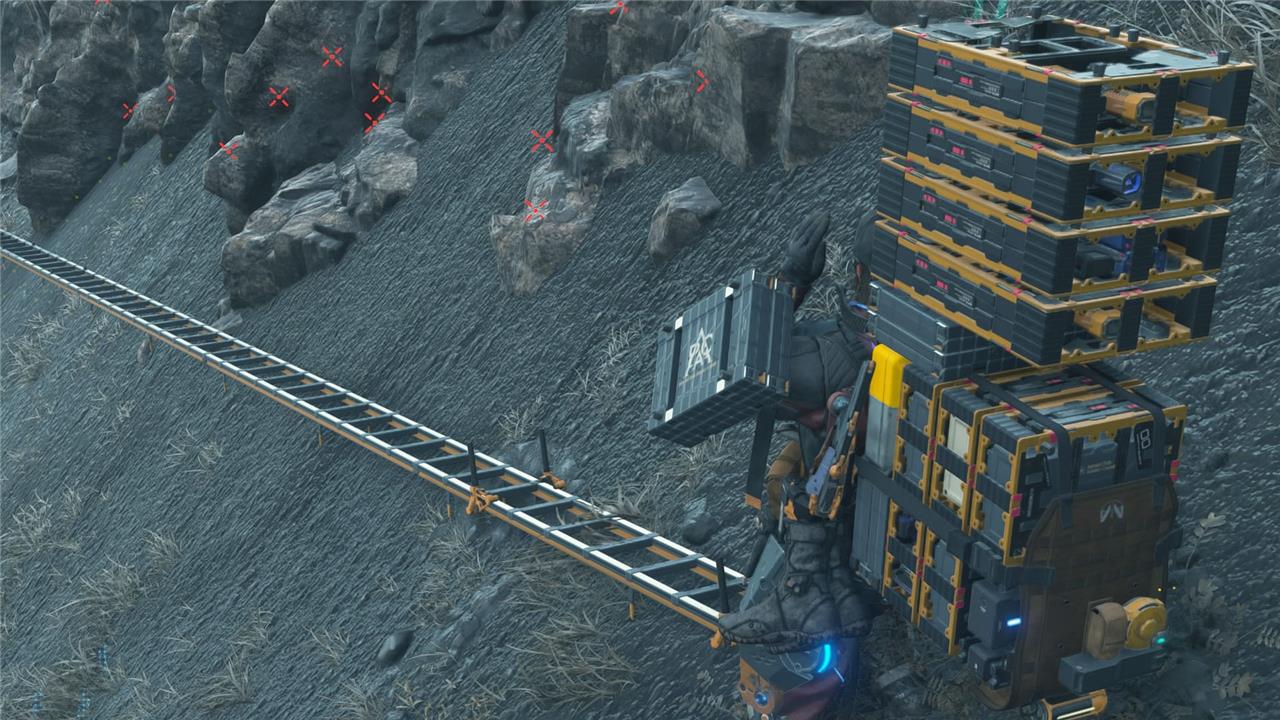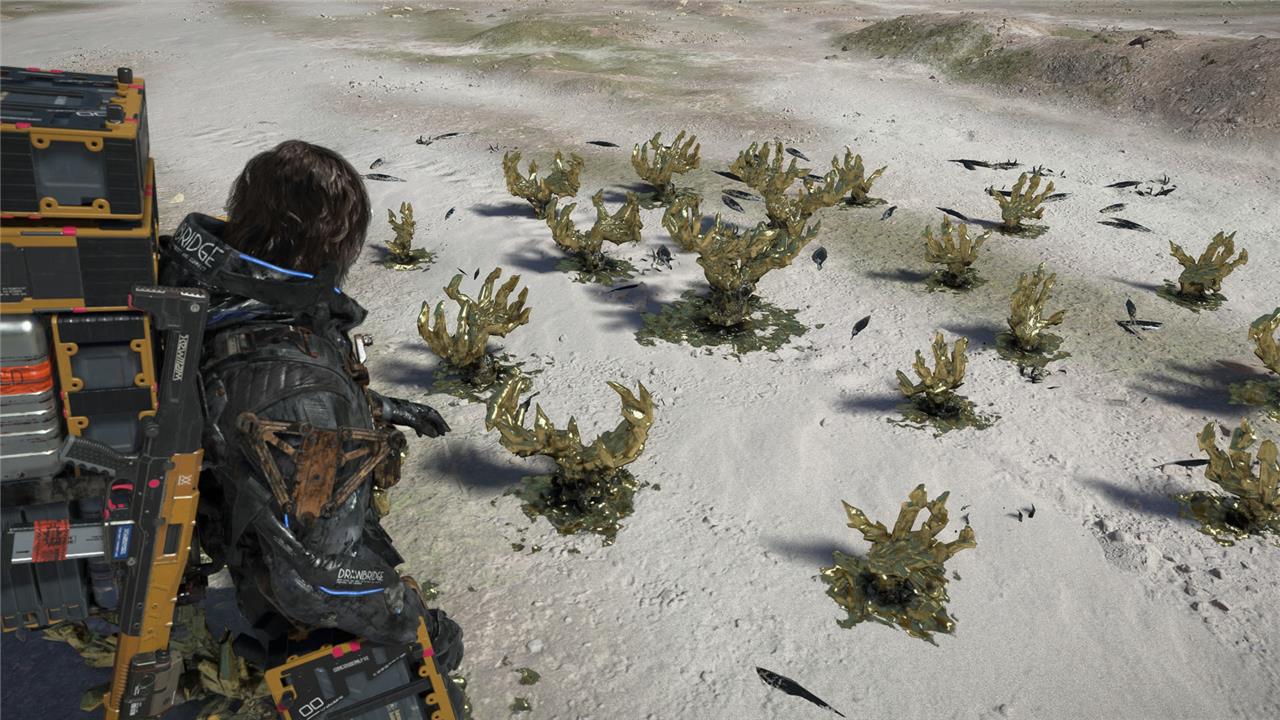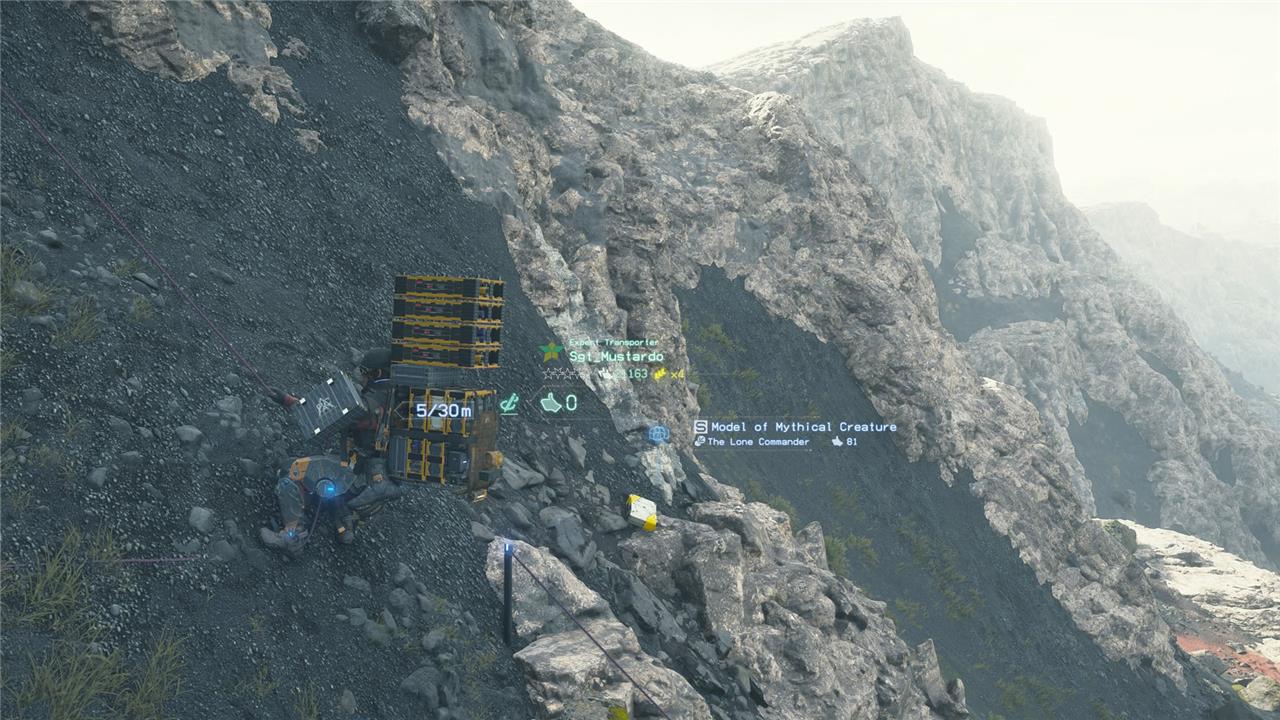Before you set foot on Hideo Kojima’s fractured, rain-soaked highways in Death Stranding 2, there are vital survival secrets the game will never tell you. From balancing a mountain of cargo atop your back to outsmarting unseen threats in the mist, these 20 essential beginner’s tips will help you survive-and thrive-in the strangest delivery run of your gaming life.
Much like its predecessor, Death Stranding 2 is a largely singular, not-exactly-frictionless experience, from the social tools that allow you to interact and help other players to developing Sam’s abilities and equipment. Learning and improving in each aspect of the game is part of the journey of playing Death Stranding 2.
To ensure you have a smooth experience, replete with successful deliveries and weird walks on the beach, here are 20 Death Stranding 2 beginners tips to read – in no particular order – before you start.
1. In addition to repairing the condition of your cargo, Timefall Shelters will also protect you from BTs. They aren’t bunkers, so don’t think you can bait enemies and kill them from the safety of a shelter, but spotting one of these is always a sign that you’re safe.

2. You can prevent falling when losing balance by always carrying a weapon or any item that allows you to aim. When losing balance, press L2 to aim and stop moving for just a second. Doing so interrupts the stagger animation and gets you back on your feet faster.
3. Don’t make recycling a priority. Because you need to keep the items in your backpack to recycle them until you find a terminal, you end up occupying space you could use to carry new items. Don’t be afraid to leave all empty items on the ground if you need the cargo space.
4. APAS Enhancements are passive abilities you can unlock by spending Memory Points. Although setting up the perfect combination of enhancements requires a lot of thinking and tweaks, you should always reset your loadout of enhancements before an important mission. It’s free and reajusting them allows you to better prepare for the type of mission you’re undertaking, whether it’s more confrontational or stealth-focused, for example.
5. Don’t waste time playing Tetris with your cargo. Go to the Cargo Management menu in the Ring Terminal and hold the Triangle button to auto-arrange your cargo – a quick solution that will save time and sanity.
6. In Death Stranding 2, you walk a lot just like you did in the first Death Stranding. But one less that’s carried over from the previous game is that you should always carry an extra pair of boots.
7. Always carry at least two ladders. You can attach them to each other and clear both canyons and wide rivers.

8. Grip those shoulder buttons. You lose balance frequently when you’re at 60 percent cargo capacity or over, but holding the L2 and R2 buttons helps you stay upright before it becomes a problem.
9. Always take at least one PCC to build an emergency post box. These double as fabrication stations if you’re within the chiral network and can save a lot of time and backtracking.
11. Do side quests. Building relationships and improving locations unlocks new schematics and other useful items, so taking on odd jobs is worth the time. Besides, Death Stranding 2 is best played slow anyway.
12. Grab chiral crystals whenever you can. You’ll need them for improving constructions and some fabrication projects.

13. Tap the L1 button frequently to activate your scanner and see nearby chiral crystals and cargo dropped by other porters, the latter of which you can turn in for rewards – if you have room to carry them.
14. Electric batons can help with stealth. Distant enemies are less likely to hear a thwack than they are a gunshot, so if you have to attack a foe and the strand isn’t an option, use the baton.
15. Rest and hydrate on long trips. Using the canteen or holding Square and resting can both replenish stamina and help cargo take less of a toll on your endurance.
16. Use the assault rifle carefully. The only way to replenish MP bullets is by resting in a private room or using a Timefall Shelter.

17. Spare a thought for other porters. You could just brave a raging river, but if you place a ladder, it’ll make crossing easier for you and anyone else playing the game.
18. Check your map when the weather changes. Flooding rains make rivers burst their banks and can play havoc with your route.
19. Don’t sweat the route, though. You can draw or re-draw your route at any point during a delivery, and there’s no obligation to stick to it.
What are the most overlooked mechanics crucial for new players
Some of the most overlooked mechanics that are crucial for new players-based on general player experiences and expert recommendations-include the following:
-
Sound Awareness and Silence: Many beginners underestimate the power of sound in games. Being mindful of your own noise (such as footsteps or dropped equipment) is vital, as enemies often rely on audio cues to track your location. Strategic use of silence, and knowing when to make or avoid noise, can give you a significant tactical edge.
-
Crosshair Placement: Instead of focusing solely on reflex aim, placing your crosshair at head level and where enemies are likely to appear dramatically increases your chances of landing the first shot. This reduces the time it takes to react and fire accurately.
-
Micro Adjustments: Small, controlled aim corrections (as opposed to large, sweeping movements) help maintain aim precision, especially in tense encounters.
-
Burst Control and Strafe Shooting: Learning not to spray your weapon but to fire in controlled bursts helps manage accuracy. Combining this with strafe shooting (moving side to side while firing) makes you less predictable and harder to hit.
-
Effective Peeking: Proper peeking-briefly exposing yourself to gain information or take a shot without overcommitting-can mean the difference between gathering intel and getting eliminated.
-
Immediate Decision Making and Movement: After an encounter, many new players freeze or fail to reposition rapidly. Quick, decisive movement after every engagement prevents being an easy target for follow-up attacks or trades.
-
Map Awareness: Regularly checking the map for teammate and enemy positions enables better strategic decisions, such as rotating to a vulnerable site or anticipating enemy movements. Timing map checks (e.g., when in cover or during downtime) is also key.
These mechanics are often overlooked because they seem subtle or secondary compared to raw aiming or flashy skills, but mastering them gives a consistent advantage, especially for new players.
Which game mechanics do most new players underestimate yet impact success critically
Most new players tend to underestimate the impact of resource management, exploration mechanics, and progression systems-yet these are often critical to success across many genres.
-
Resource Management: New players frequently overlook how crucial it is to manage in-game resources (such as health, ammunition, currency, or abilities) efficiently. Strategic allocation of limited resources often determines success or failure, especially in longer missions or survival scenarios.
-
Exploration Mechanics: The ability to explore game worlds thoroughly is often underappreciated, even though exploration can yield hidden rewards, unlock secrets, and provide necessary items or shortcuts. Players who ignore exploration may miss out on important advantages.
-
Progression Systems: Systems such as experience points, skill trees, and unlockable content are sometimes seen as secondary, but steady and informed progression is vital for character development and gaining access to stronger abilities and equipment. Neglecting these systems can leave players underpowered or ill-prepared for later challenges.
-
Defensive Mechanics: Elements like parrying, blocking, or dodging are often overshadowed by offensive mechanics. Yet, mastering defense can be the difference between survival and failure, especially in challenging encounters.
-
Environmental Awareness: Many beginners ignore environmental hazards or layout advantages (like cover, verticality, or timed obstacles). Awareness and clever use of the environment can provide tactical superiority, smoother navigation, and improved survivability.
These mechanics tend to be underestimated because they’re less immediately flashy than core combat or story beats, but consistently mastering them is fundamental for success as gameplay becomes more complex.
